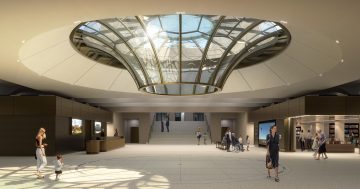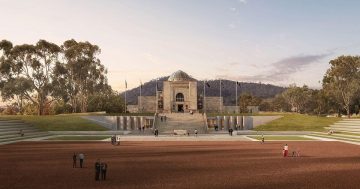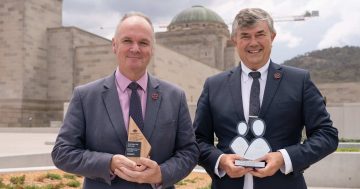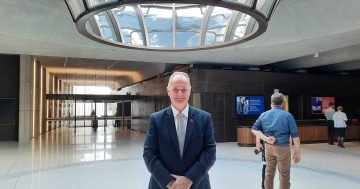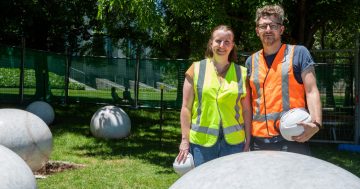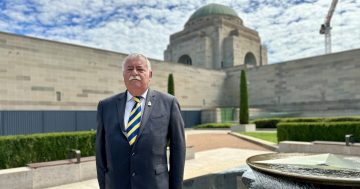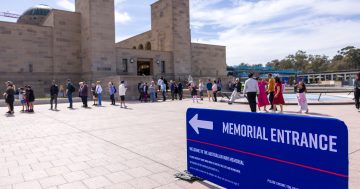
An artist’s impression of what the redeveloped War Memorial will look like. Image: AWM.
The Australian War Memorial has defended the consultation process for its controversial $500 million expansion, saying it went far beyond just engaging with the Canberra community and that the project had the support of the Australian people.
The Memorial has come under intense fire over its plans, including the demolition of the award-winning Anzac Hall to make more space for telling the stories of contemporary conflicts and missions and how it has dealt with the community amid claims over a lack of proper process.
Each step of the approvals process has provoked outrage from opponents, culminating in the National Capital Authority approval of Early Works that will tear down Anzac Hall and, in effect, clear the way for the rest of the project.
Only three of the 600 submissions to the NCA supported the project, a statistic that opponents said reflected the overwhelming community opposition to the project.
But AWM Director Matt Anderson said the Memorial had conducted a national consultation program, as well as the local processes connected to three major approval hurdles.
“We have reached more than half-a-million Australians in person, through our website and social media, surveys, community forums, focus groups, public notices and media coverage,” he said.
“A total of 385 consultation activities have taken place, from meetings with community groups to nationwide surveys and a national roadshow to every state and territory. We have listened, and more than 50 changes have been made to the project.”
Mr Anderson said one of the most important surveys took place in July 2020 when visitors to the Memorial were provided with information on the project and asked if they supported it, eliciting an overwhelmingly positive response.
“More than 660 people answered this question,” he said.
“Remembering they had just visited existing galleries on Afghanistan and peacekeeping, 85 per cent of these visitors said ‘yes’ the Memorial needs to do more to tell modern service stories and the plans we proposed were appropriate. Only 6 per cent were opposed.”
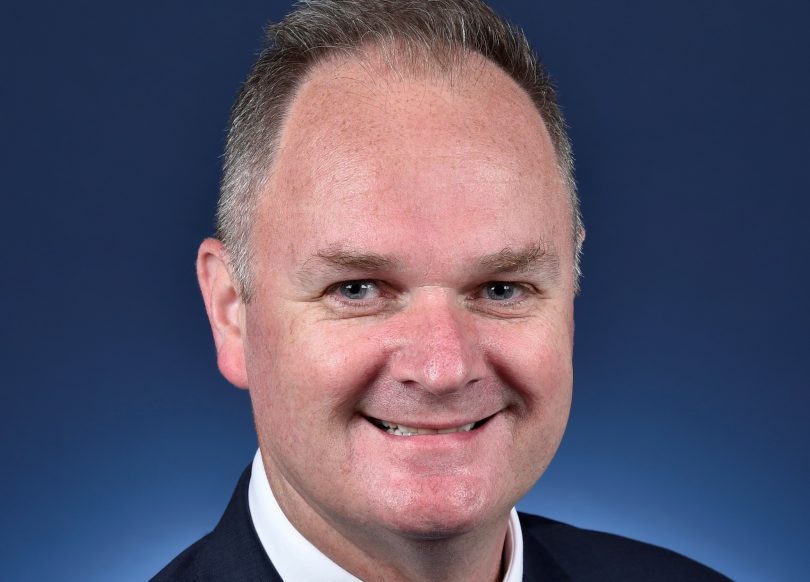
AWM Director Matt Anderson: consultation reached half a million Australians. Photo: Michael Masters.
Mr Anderson said the expansion of the Memorial’s galleries to recognise recent conflicts and operations would allow it to tell the untold stories of Australia’s servicemen and servicewomen.
“Through this once-in-a-generation project, veterans who served, and those still serving, will soon be able to visit the Memorial to share stories of their service and sacrifice with loved ones and receive the recognition they so richly deserve,” he said.
The NCA has also responded to criticism of its role, with Chief Executive Sally Barnes telling the Senate that it wasn’t NCA’s role to question the decision of the Parliament and the assessment under the Environment Protection and Biodiversity and Conservation Act.
“In making its decision, the Board noted that the purpose, cost and extent of the works had been considered extensively and supported by Australia’s democratically elected representatives through consideration by the Public Works Committee and a subsequent motion to the Australian Parliament,” she said.
“The Board of the NCA respects the decision of Parliament.”
Ms Barnes said many matters raised in submissions had been considered and addressed through this parliamentary process, and the Works Approval application process did not provide a mechanism to revisit this decision.
She said a full assessment of the proposed development was undertaken under the EPBC Act and Environment Minister Sussan Ley had given her approval on 10 December 2020 to proceed with the overall proposition.
“The Board did not disagree with this assessment and considered other impacts associated with the Early Works Application,” she said.
The NCA says that it continues to serve the Australian public under the statutory guidelines it upholds.












